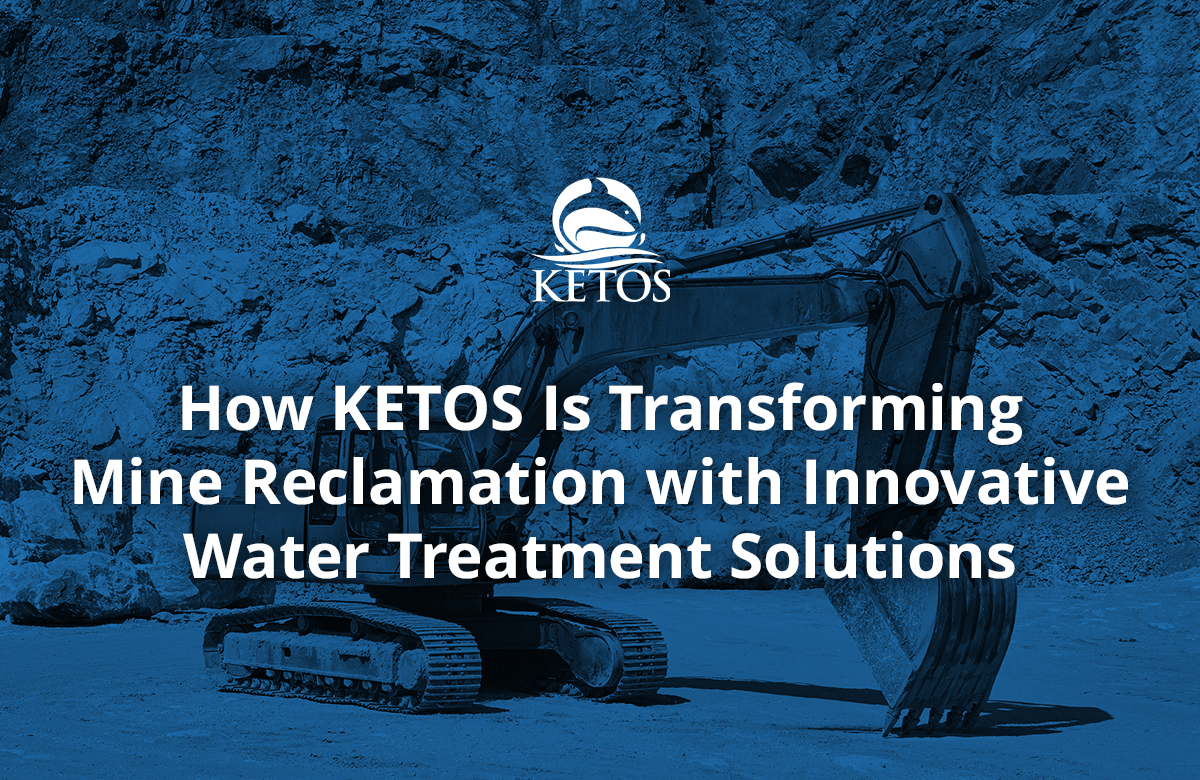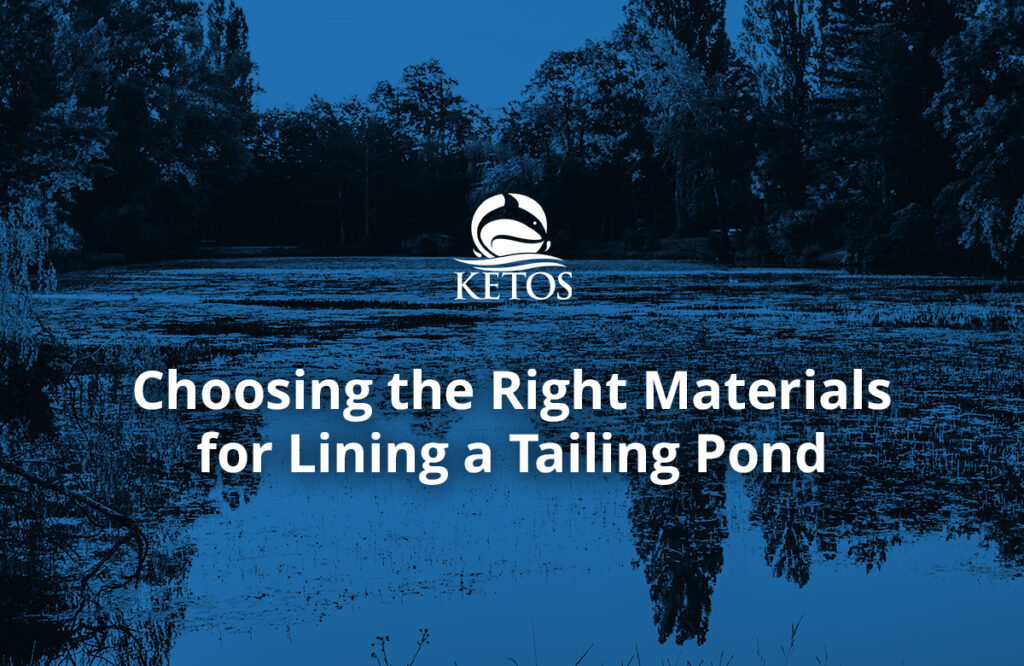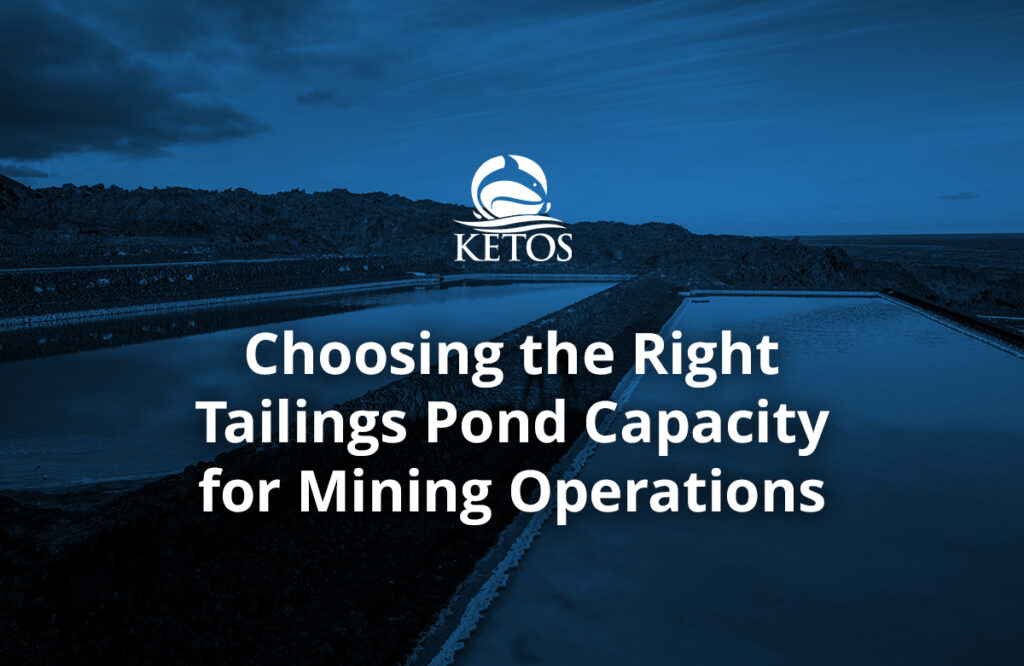Mining operations play a vital role in global industry, but they often leave behind complex environmental challenges. After extraction ends, the land is left with disturbed ecosystems, toxic residue, and water pathways carrying dissolved metals, sediments, and harmful byproducts. Mine reclamation is the process of restoring this land and its surrounding water systems, with a central focus on wastewater management and preventing contamination.
Traditional remediation approaches have long relied on periodic testing, manual oversight, and reactive treatment plans. Today, modern mining water treatment requires a more proactive approach, driven by real-time data. Automated water intelligence systems now offer mining companies the ability to monitor, respond, and adapt in ways that significantly reduce long-term risk, cost, and environmental damage.
Why Mine Reclamation Requires Smarter Water Monitoring
When a mining site closes, the leftover materials do not stop reacting. Rainfall, oxidation, and groundwater movement can mobilize heavy metals and contaminants long after operations have ceased. Acid mine drainage is one of the most persistent threats at a closed site, often continuing for decades unless properly managed. In these environments, water monitoring becomes a critical part of the reclamation process, not just for compliance but for ecosystem recovery.
According to WaterTech Online, sustainable mining depends on integrating long-term water quality solutions that extend beyond active mining years. Real-time data and automated systems allow operators to track and mitigate these risks with more precision and consistency.
Key water-related risks during reclamation include:
- Heavy metal contamination in nearby surface or groundwater.
- Acidic water runoff from sulfide-rich materials.
- Excess sediment and turbidity that impact aquatic life.
- Residual chemical exposure from tailings and processing agents.
Mining Water Treatment Challenges at Reclamation Sites
Water treatment during mine reclamation is not limited to neutralizing acidity or removing metals. Every site presents a unique mix of legacy pollutants and hydrogeological conditions. Operators must tailor treatment strategies to account for:
- Variable flow rates and seasonal discharge volumes.
- Shifting pH levels and mineral interactions.
- Localized hotspots of contaminants.
- Weather events that alter runoff patterns.
Many operators are turning to intelligent water systems to maintain stability in treatment performance. For example, the introduction of automated equipment such as the FLSmidth automatic filter press shows how modern reclamation efforts increasingly depend on technology to reduce labor and improve water handling efficiency.
Common mining water treatment technologies include:
- Constructed wetlands: Use natural filtration to absorb metals and nutrients.
- Limestone drains: Buffer acid mine drainage by raising pH levels.
- Active treatment systems: Use chemical dosing and filtration to remove contaminants efficiently.
- Settling ponds: Allow suspended solids and metals to settle before discharge.
Importance of Wastewater Management During Closure
Wastewater from closed mines may still contain trace levels of arsenic, selenium, mercury, and nitrates. These elements pose serious ecological and human health risks if released unchecked. Regulatory agencies often mandate strict testing and reporting during and after closure, requiring that treatment systems perform consistently.
Recycling and reuse play a growing role in post-closure wastewater strategies. Market research by Global Market Insights highlights the increasing demand for automated systems that support continuous treatment, cost control, and sustainability. By integrating water reuse into reclamation plans, mines reduce their environmental footprint and extend the life of on-site infrastructure.
Improving wastewater management during mine reclamation helps achieve several outcomes:
- Prevents downstream contamination and litigation.
- Speeds up environmental certification and reuse approvals.
- Reduces long-term remediation costs.
- Supports safe redevelopment and land transfer.
Preventing Contamination Before It Spreads
Contamination prevention is the most cost-effective strategy in mine reclamation. Once pollutants enter local water systems, cleanup becomes more complex and expensive. Prevention involves identifying risk indicators before they escalate into environmental releases.
Proactive contamination control includes:
- Monitoring conductivity and total dissolved solids to detect leaching events.
- Tracking oxidation reduction potential (ORP) to assess reactivity.
- Maintaining optimal pH to prevent acid drainage acceleration.
- Using flow sensors to detect abnormal runoff or infiltration patterns.
These parameters must be tracked across multiple monitoring wells, surface locations, and effluent outlets. Without automation, capturing this data at the right intervals becomes operationally impractical.
Why Traditional Sampling Methods Fall Short
Conventional water sampling methods rely on field crews visiting sites at scheduled intervals to collect data. While useful, this approach has several limitations, especially in dynamic post-mining environments:
- Events may occur between sample collections and go undetected.
- Delayed lab analysis hinders fast corrective action.
- Labor-intensive testing adds cost and staffing pressure.
- Access to remote or hazardous areas can be inconsistent.
Sampling also introduces variability due to inconsistent technique, weather interference, and container contamination. Over time, this creates gaps in understanding and makes it harder to trace pollution back to its source.
Benefits of Real-Time Water Monitoring in Mine Reclamation
Modern reclamation programs are now turning to automated water intelligence systems. These platforms offer a consistent, cost-effective way to gather, process, and respond to environmental data. Real-time water monitoring provides unmatched insight for both active and passive treatment systems.
Advantages include:
- Immediate detection of parameter shifts that signal system failure.
- Faster deployment of neutralization or diversion measures.
- Remote access to site conditions, even in harsh terrain.
- Regulatory-ready reporting with historical trend archives.
- Predictive analytics to anticipate seasonal or weather-related risks.
Integrating monitoring with treatment controls also allows dynamic adjustment of chemical dosing, flow direction, and pH buffering. This ensures that systems respond automatically to changing conditions.
Industries and Agencies Benefiting from Smart Mine Reclamation
Real-time water intelligence benefits a wide range of stakeholders involved in mine reclamation:
- Mining companies: Meet post-closure obligations with less operational overhead.
- Environmental consultants: Provide continuous data without needing to deploy field teams daily.
- Regulatory agencies: Gain improved oversight and enforce compliance with minimal intervention.
- Land developers: Use monitoring data to validate land safety and attract investment.
This shift is visually illustrated in this video on mining water reuse, which shows how advanced monitoring and water treatment systems support reclamation and sustainable development across active and retired mine sites.
Smart Water Monitoring Solutions for Mine Reclamation and Treatment
KETOS delivers an advanced, fully automated water intelligence platform tailored for industrial and environmental applications. For mine reclamation projects, KETOS provides the tools needed to monitor key water parameters with lab-grade accuracy in real time.
- Over 30 tested parameters, including pH, dissolved metals, TDS, ORP, and flow.
- 24/7 remote access with alerts based on customizable thresholds.
- No manual calibration, sampling, or cleaning required.
- Integration with SCADA systems and outbound APIs.
- Unlimited testing frequency with zero upfront capital investment.
- Historical data storage and predictive reporting for trend analysis.
The KETOS SHIELD sensor system is rugged enough for use in remote mine locations, offering a scalable solution for long-term site monitoring and closure management. Whether tracking discharge from a tailings dam or monitoring groundwater recovery, KETOS empowers teams to prevent contamination and optimize treatment decisions.
Contact us today to request a demo and learn how KETOS can help you reduce environmental risk, ensure regulatory compliance, and streamline mining water treatment across active and legacy mining sites.


